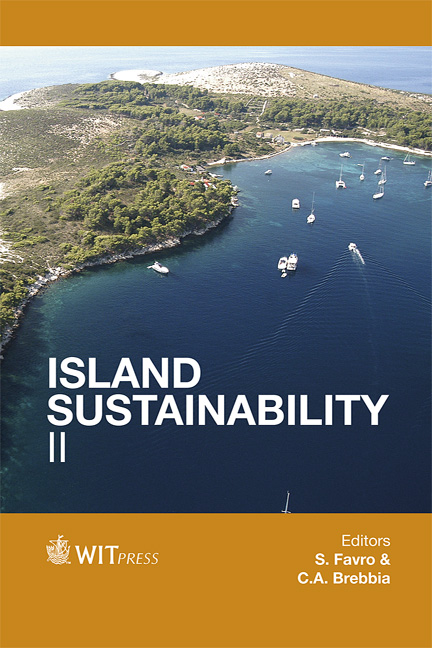Development And Preservation Of Tourist Resources: Example Of The Seto Inland Sea In Japan
Price
Free (open access)
Transaction
Volume
166
Pages
11
Page Range
131 - 141
Published
2012
Size
673 kb
Paper DOI
10.2495/ISLANDS120111
Copyright
WIT Press
Author(s)
H. Gotoh, Y. Maeno, M. Takezawa, K.Shimizu & M. Shimizu
Abstract
Japan has a total of 29 national parks, 55 quasi-national parks, and numerous environmental preservation areas. The Seto Inland Sea National Park consists of the ocean area separating Honshu, Shikoku, and Kyushu; three of the main islands of Japan. It serves as an international waterway, connecting the Pacific Ocean to the Sea of Japan and Osaka Bay, and it provides a sea transport link to the industrial centers of the Kansai region, including Osaka and Kobe. Before the construction of the Sanyo Main Railroad Line, it was the main transportation link between Kansai and Kyushu. The Inland Sea region is known for its moderate climate, stable year-round temperatures, and relatively low levels of rainfall. Since the 1980s, its northern and southern shores have been connected by the three routes of the Honshu-Shikoku Bridge Project, including the Great Seto Bridge, which serves both railroad and automobile traffic. The Inland Sea measures 450 km from east to west, and 15 to 55 km from north to south. In most places, the Seto Inland Sea is relatively shallow and the average depth is 37.3 m; the deepest point is 105 m. There are approximately 3,000 islands located in the Seto Inland Sea, including the larger islands Awajishima and Shodoshima. Many of the smaller islands are uninhabited. In this paper, the present state and future potential of some of these islands are examined and proposed within the context of tourism in Seto Inland Sea. Keywords: Seto Inland Sea, Honshu-Shikoku Bridge Project, National Park.
Keywords
Keywords: Seto Inland Sea, Honshu-Shikoku Bridge Project, National Park





